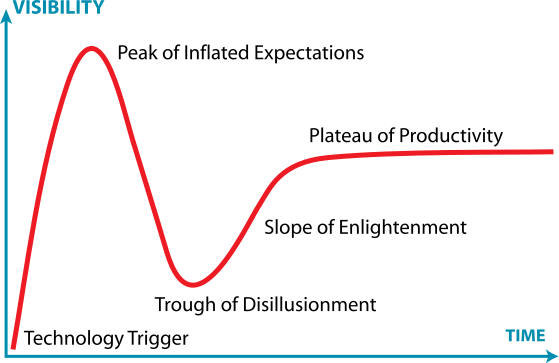User:Peterjohannmedina/Excitation Principle
| This is not a Wikipedia article: It is an individual user's work-in-progress page, and may be incomplete and/or unreliable. For guidance on developing this draft, see Wikipedia:So you made a userspace draft. Find sources: Google (books · news · scholar · free images · WP refs) · FENS · JSTOR · TWL |
Excitation Principle is
The interdisciplinary phenomena that describes the stages of progression when an excitatory stimulus or energy is introduced into any social, economic, scientific or natural construct. What you witness is a threshold value being reached, which leads to a rapid increase in relative value, followed by a rapid decline, and characteristic refractory period.
The main phases of the cycle are charaterized by:
1) Pre-Excitation Phase
2) Introduction of Stimulus Energy
3) Acceleration of Value
4) Refractory Period
5) Stabilization to Pre-Excitation Levels
Additonal examples are welcome additions
Neuron Action Potential[edit]
At the most fundamental of biological phenomena, the firing of a neuron, or brain cell is characterized by the cycle of the Excitation Principle.
Gartner Hype Cycle[edit]
The Gartner group's Hype Cycle is the prototypical embodiment of the Excitation Principle applied to consumer & market behavior as it relates to the adoption & commercialization of new technology.
Historic US Government Spending[edit]
In the field of economics, one can witness the example of government spending demonstrating the Excitation Principle. Periods of extraordinary spending are quickly followed by a rapid decline in relative terms. What is remarkable is the presence of the refractory period prior to a stabilization in spending.
Historic Personal Savings[edit]
One can also see in the chart for personal savings rates in the US were stimulated by the significant events. However, the savings rates also exhibit the characteristics of the Excitation Principle.
References[edit]
External links[edit]





